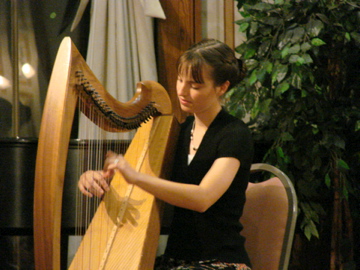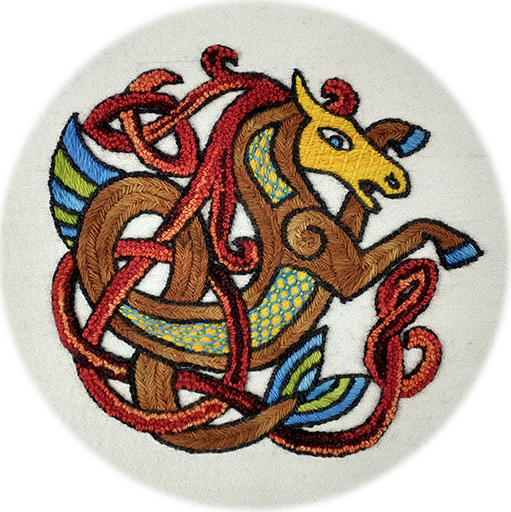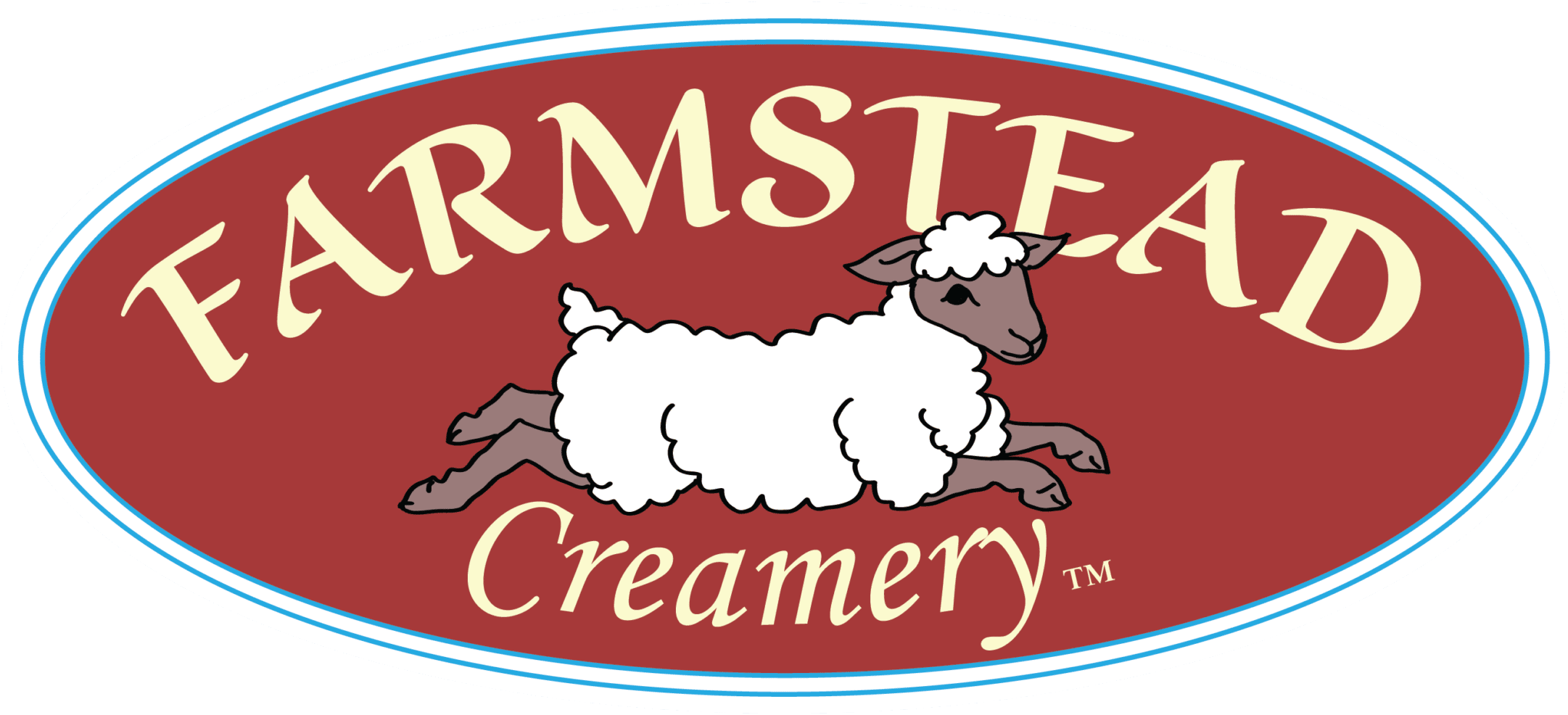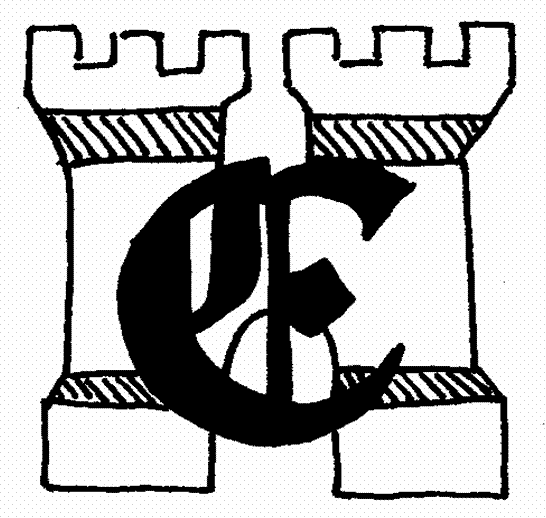My First Harp

Seeking resilience and healing through a love of music is what brought me to the Celtic harp.
I grew up in a musical family. My parents had shared a clarinet stand in college (Mom was first chair), and Dad played acoustic guitar. I’d started with piano lessons like so many, chastised for memorizing music instead of reading it. I learn tunes best with my ear—I’ve always been wired that way, just like the ancient bards.
When I was 11, I picked up acoustic guitar as well, then transitioned to classical with a mix of John Renbourn-esque fingerstyle techniques. Parallel strings became a natural part of my world, which grew to embrace tapestry weaving and many other fiber arts techniques. Fingers in the warp threads was not unlike fingers on musical strings.
Voice lessons starting at age 12 broadened and deepened my love of bringing storytelling and music together. Singing and playing my guitar allowed me to bring to life dusty, old ballads from long ago. Soon, I was winding down research rabbit holes of Robin Hood and Sweet William, paging through tomes of Child Ballads.
Then my family hit a crisis year. 2006 lives in infamy in our minds—emotionally and medically. Amidst all the chaos, my own trials included facing off with a potential cancer diagnosis and surgery. I was 21 years old.
The surgery included removing part of my thyroid, which is precariously close to the nerves that manipulate one’s vocal cords. If surgery did not go well, I would never sing again. But this was the only way to prove for certain whether the cyst was or was not cancer—the result of which would ripple forward into whatever was on the other side of this crossroads.
To say I was nervous about this surgery is an understatement, but this was not our family’s first run with cancer that year. I wanted to be brave, to be a survivor of this. I journaled long and hard about it and certainly did my share of crying, then decided the best medicine would be to wrap myself around something new and empowering, something that could offer solace—something with music that would not require the use of my voice during the time of healing.
Spruce Tree Music was not far down Monroe Street in Madison from where I took voice lessons. They were a sponsor for Wisconsin Public Radio’s “Simply Folk” program, which we listened to religiously every Sunday evening, followed by the Celtic “Thistle and Shamrock.” This is where I was introduced to inspiring artists like Patrick Ball and Sue Richards, mesmerized by the resonance and beauty of their harps. It spoke to an old part of me, calling me home.
I walked into that instrument shop, where I’d also bought my second-hand classical guitar, with a hope but no pre-conceived opinion of what I ought to get. I was in college, so my budget was modest, but the owners were very kind and doting. I had never touched a harp before, but with a few pearls, I could arpeggiate. We tried their Dusty Strings line—typical for students, with birch soundboards. The plink-plink sounded very fairylike, but this just wasn’t it. Model after model we tried, but no real fit was made. Was this really the right idea?
Then the owner stood and strode to the display window. “I know this is out of your price range, but this just came in, and why don’t you try it.” What he brought from the window was a secondhand Triplett Axeline, made of brown walnut. The voicing was so present and resonant, deep and enchanted. I could feel the notes reverberate through my chest, the echo of it soothing my mind.
This is the harp I brought home that day, and she’s been with me ever since. The player of a folk or lever harp is a harper (Celtic harps are in the lever harp family). The player of an orchestral or pedal harp is a harpist (it’s not a gendered term). And so, I began my journey as a harper.
I would sit in the lofted upstairs of our chalet home with my books and videos, learning to play in the solitude of my own space. Some of the techniques translated well from classical guitar, some of it was very new or closer to piano, and some of it just came out from a deep place inside, ready for expression, reconnection, and healing. When you play, the back of the neck rests against your right shoulder, the instrument tipped up on its back feet. There is a balance needed to play and a light touch—almost a hug in the playing.
When you know something is right for you, you just know, and it’s important to listen to that. Thankfully, the surgery was successful and uncomplicated, and the diagnosis benign with no recurrence. It was a dreadfully long wait before I was allowed to sing, but with time and working through the scar tissue, my full voice was back. But instead of sitting in fear, I was able to sit with the music, choosing a path of resilience healing to share with listeners yesterday, today, and tomorrow.
Enjoy a free “Therapy Harp Set” download by Laura Berlage
https://northstarhomestead.com/product/therapy-harp-set/
Explore Laura’s albums
https://northstarhomestead.com/product-category/gifts/music/



